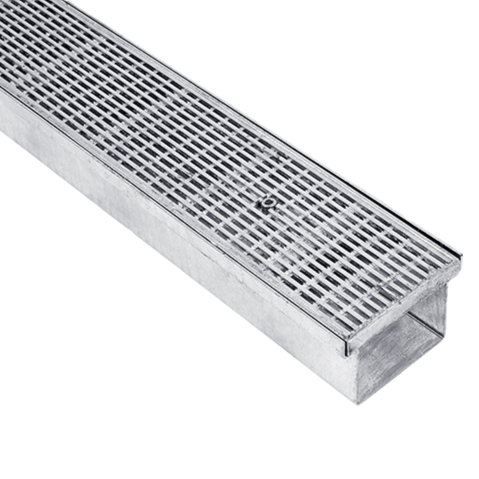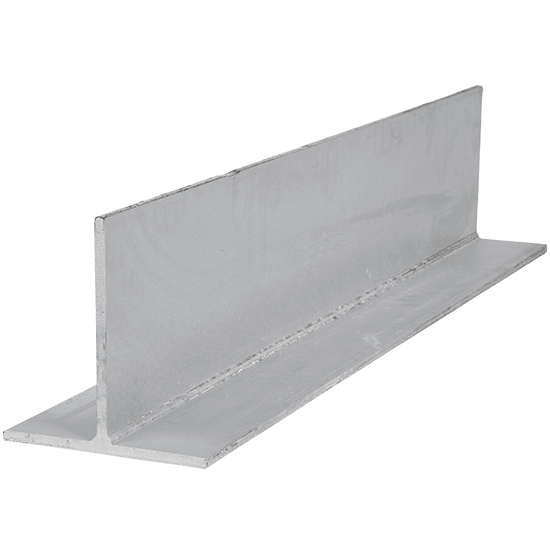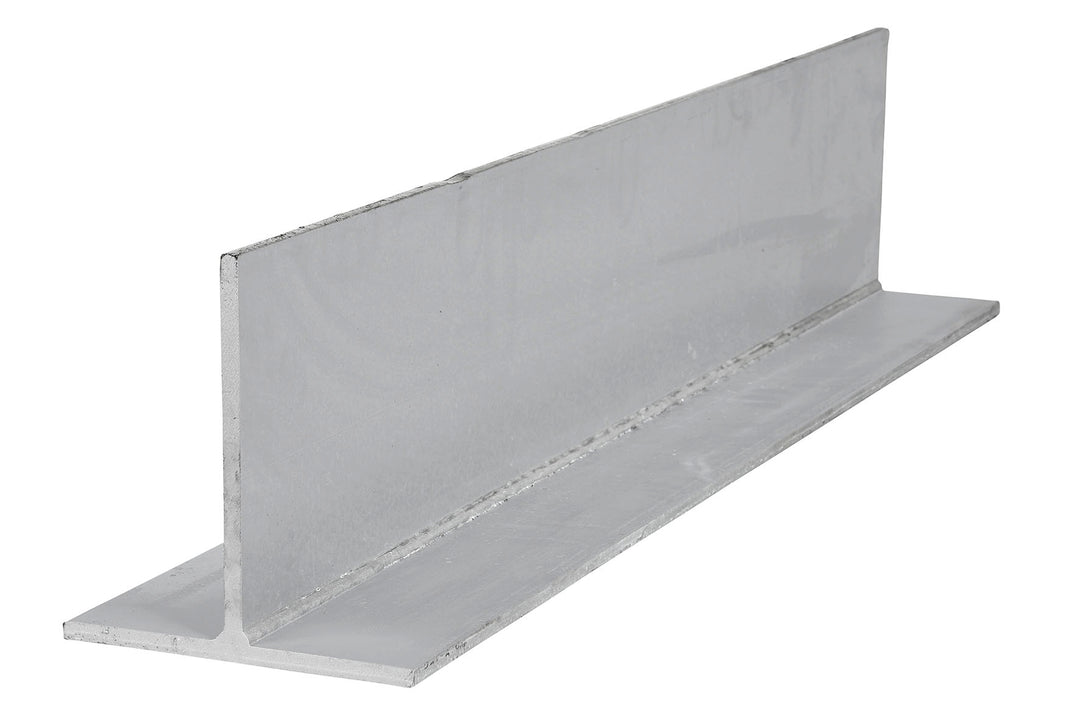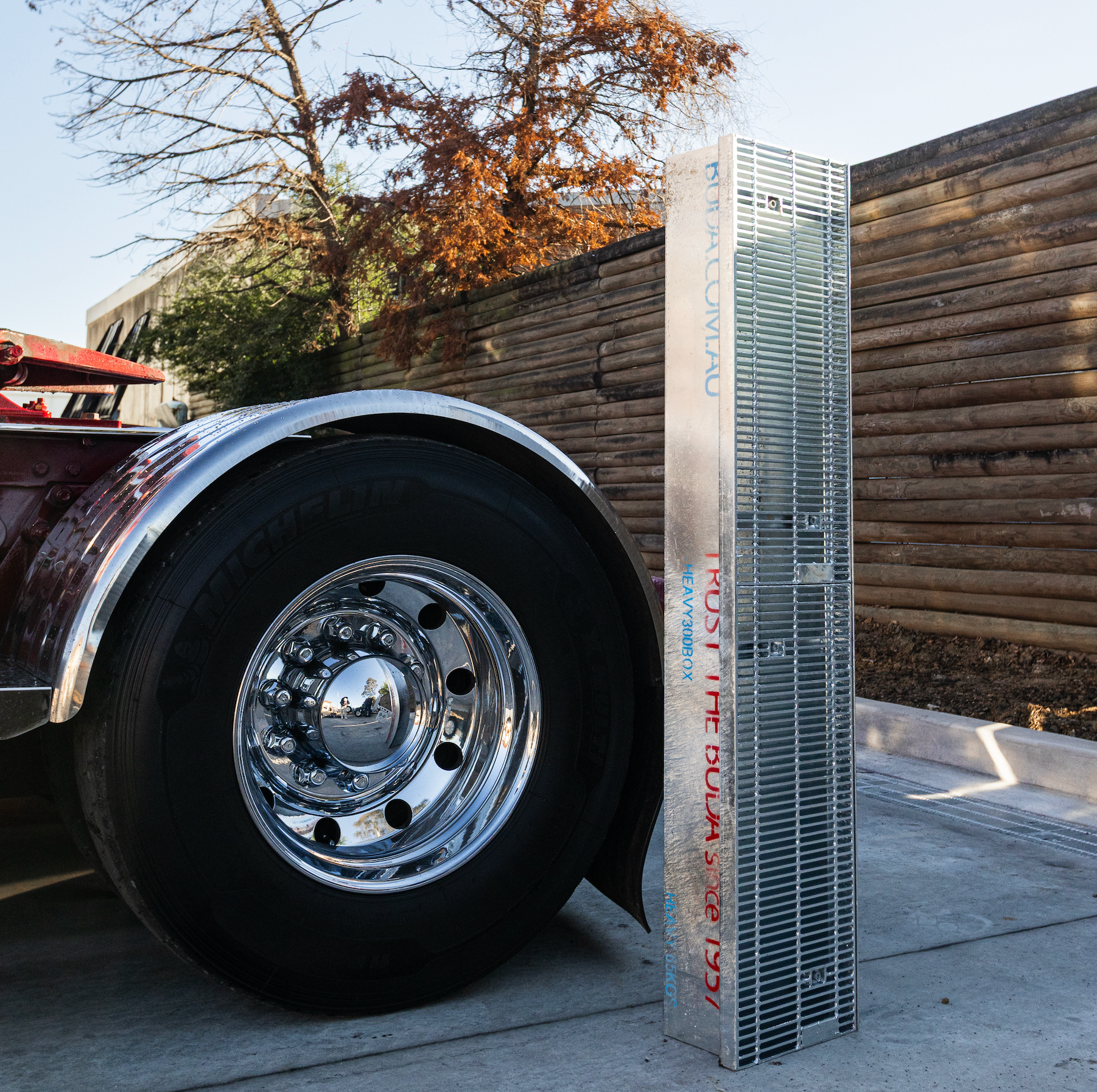Best Lintels for Doors, Windows & Brickwork
Lintels for brickwork are an essential part of structural components erected over openings in a wall, such as windows or doorways, to hold loads above the gap and keep the structure from collapsing. These load-bearing supports are utilised to improve the structural integrity of a design and are required by national building codes.

Discover how load-bearing structural components like steel lintels, or t-bars and t-beams, provide support above windows, doors, brickwork, and masonry gaps to prevent collapse.
Certified Structural Engineering
Despite the increased durability and resilience of steel lintels, we must make one thing clear:
A certified engineer is the only individual that can legally specify what structural components are installed, where they’re installed and how they’re installed.
Although Vincent Buda supplies a range of steel products for various structural applications, we can only provide general advice. The engineer's role is to give professional advice and guidance on structural variables that would take us far too long to explain.
Builders must consult a qualified structural engineer before proceeding with any construction project.
With that out of the way, let’s get into our general advice about installing lintels above windows and any other kind of gap that needs structural support.
Benefits of Steel
Steel is a cornerstone in design and construction due to its strength and usefulness. Thanks to their isotropic qualities, which means they have the same level of strength everywhere, steel can resist extreme loads across significantly large gaps like windows and doorways without collapsing.
The isotropic nature of steel gives it compressive and tensile strength, which is essential for load-bearing applications. Compressive strength resists compression (being pushed together), whereas tensile strength resists tension (pulling apart). Compared to timber and its anisotropic properties (density varies along and across the grain), steel is far more resilient for load bearing.
Shear strength, or bending strength, is another crucial benefit of steel that more brittle materials lack. The technical definition of shear strength is a force that tends to produce a sliding failure on a material along a plane parallel to the force's direction. Fortunately, there’s an easier way to visualise shear strength. When you cut paper with scissors, it fails in shear.
Steel also offers a far greater strength-to-weight ratio than concrete lintels, making them easier to manoeuvre for on-site installations.
For this reason, concrete lintels are often set with high-tensile prestressed steel wires to provide the additional tensile strength the concrete lacks.
What is a lintel in construction?
A window lintel or a door lintel, or any lintel for that matter, is designed to bear weight above a gap to prevent the structure from collapsing.
Things to consider:
- Load
- Type of load
- Building's structural design
- Material choice
- Material maintenance requirements
- Moisture management around the gap
- Movement and Expansion
What is a lintel beam?
Steel beams are basic structural elements available in various sizes, types and configurations, each with load ratings for various loadbearing applications. Lintel beams are structural steel typically used in masonry and brickwork. These beams are placed above gaps to support the load from the structure above, transmitting the weight to the side walls to prevent structural collapse from the imposed loads. Lintels can also be used as decorative architectural elements, though we’re more interested in the structural loads.
Types of Lintels
Facebrick Angle Bars
Used in brickwork openings to support the brickwork above, the ribbed side of our Facebrick Angle Bars provides additional strength despite being lighter than concrete lintels.
Render Lintel
Render Lintels also support the brickwork above, except rendered with underside holes to assist with the render sticking to the brickwork/lintel.
Hot-Rolled Angled
Typically thicker than standard lintels, Hot-Rolled Angeled Lintels are a more "structural" angle bar as they can support more load than the normal face brick or render lintel.
Shelf Angles
Shelf angles are typically used for panel wall systems to support brickwork, transferring the brickwork's load onto the building's structure so that space can be created beneath.
Traditional T-Bar
Used in 230mm brick wall applications to hold up two skins of brickwork, a traditional T-Bar gets its name from its T shape, typically only used in double brickwork applications.
Cavity T-Bar
A Cavity T-Bar is a slightly larger T-Shaped lintel with a broader base and a solid 40 x 40 billet welded to the top to provide additional strength for double brickwork applications. Used in 270mm brick wall applications, a Cavity T-Bar can hold up two skins of brickwork in cavity walls.
Flat Bar
Flat bars are rectangular with a flat face and are typically used in smaller openings as they don't have as much load capacity as angle bars.
Concrete Lintels
For structural capacity, concrete lintels from Vincent Buda & Co. are pre-stressed and made from high-strength concrete (65MPa). Typically more durable than steel for specific applications, composite beam strength increases with the number of courses of brickwork above the lintel. Concrete is also fire-rated and often used in highly corrosive and coastal environments.
Installing Concrete Lintels
Any builder or bricklayer installing concrete lintels must consider these critical factors:
- Position them with the rough side facing up to provide a proper key into the mortar above.
- Must be propped at intervals not exceeding 1500mm until the mortar has matured.
- The minimum bearing on the brickwork is 100mm (spans up to 1200mm) and 150mm (spans > 1200mm).
- Based on a minimum brick crushing strength of 20 MPa.
Buda Lintels for Brickwork
With professional advice from a certified engineer, contact Vincent Buda & Co. for all your structural steel needs for whatever load-bearing structures need support. We're Australia's trusted building supplier for roads, airports, hotels, high-rise commercial and residential buildings, houses, garages, and so much more.
Whether a lintel above a window, a door lintel or one made from concrete for coastal environments, you’ll find a wide range of building needs at reasonable prices, including steel flat bars. Visit our online shop for access to the entire Vincent Buda & Co. range of products 24 hours a day, seven days a week, available for pick up and delivery across Sydney for a flat rate no matter how large or small your order is.



















